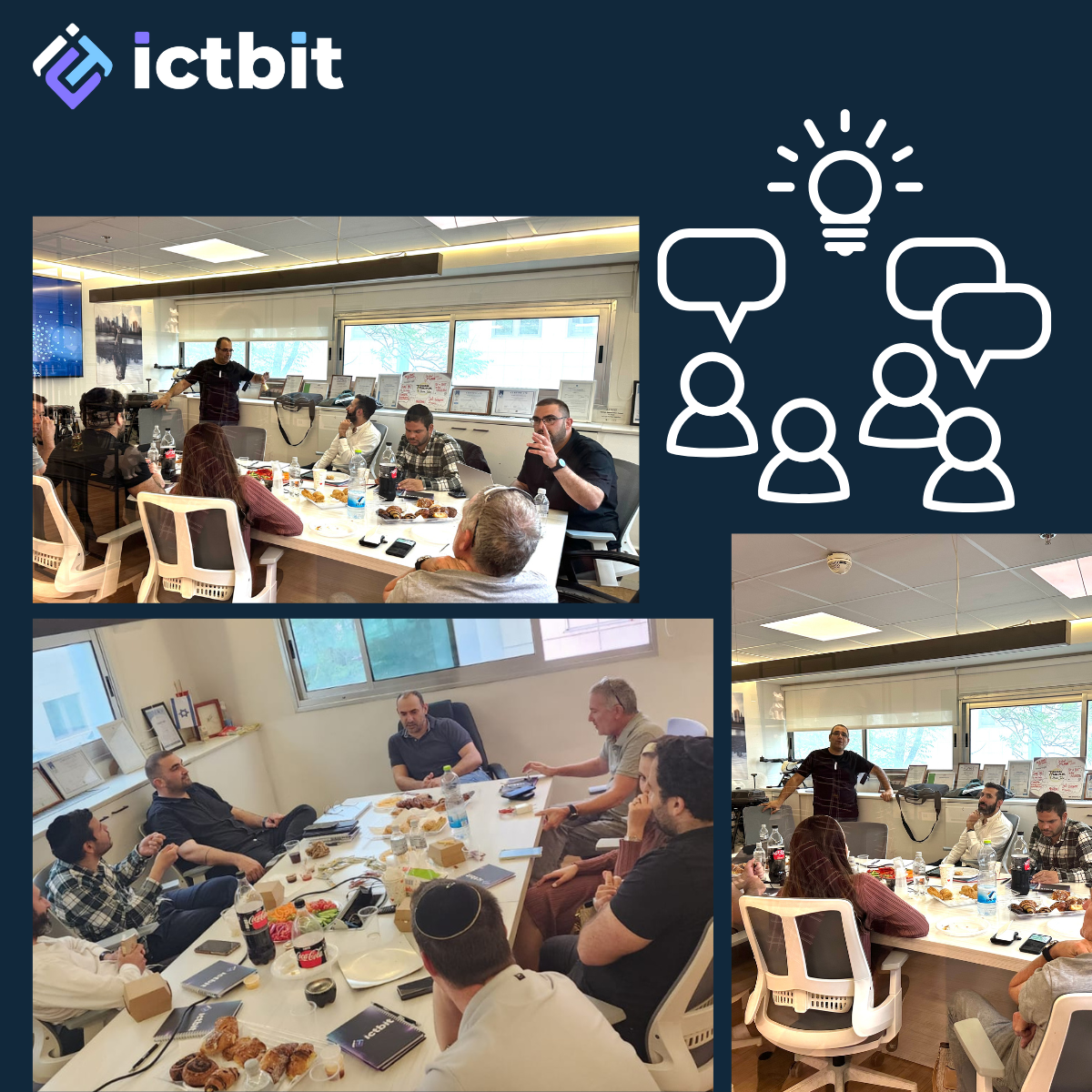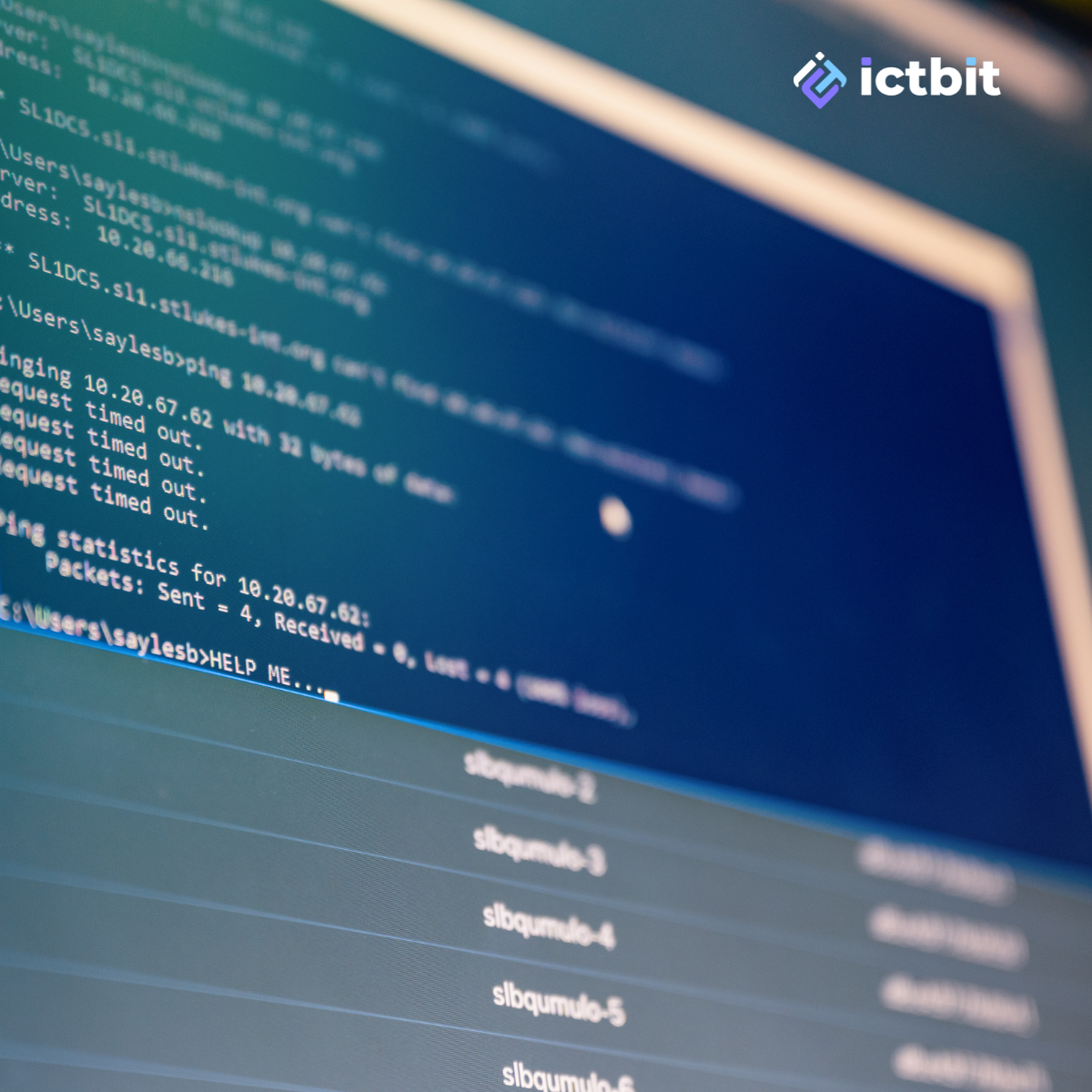Is your organization’s data security prepared for the quantum threat?
Amit Kadosi, Shimon Sargon
Quantum computing threatens to break most existing encryption methods. Experts estimate that sufficiently powerful quantum computers may become a reality within the next decade, and organizations that fail to prepare in advance might find all their sensitive information exposed.
Did you know that Shor’s quantum algorithm can crack RSA and ECC encryptions in hours instead of billions of years? Have you checked which encryption protocols your organization and suppliers are using? Do you have a transition strategy toward quantum-resistant cryptography?
Understanding the Post-Quantum Challenge
Today, encryptions such as RSA, ECC, and Diffie-Hellman secure:
- Online payments – securing financial transactions
- Secure communications – protecting emails, messages, and organizational communication
- Digital identities – digital signatures and identity verification
- Critical systems – essential infrastructure and core organizational systems
But the quantum threat requires reorganization.
The Solution: Post-Quantum Cryptography (PQC)
Post-quantum algorithms offer:
- Quantum resistance – protection against attacks based on Shor’s and Grover’s algorithms
- Backward compatibility – integration with existing systems during transition periods
- Improved efficiency – better performance in several applications
- Backup for classical encryptions – additional layer of protection for sensitive information
Don’t wait for the quantum breakthrough – prepare now.
Roadmap to Post-Quantum Security
A phased approach for a secure transition:
- Conduct risk assessment – identify sensitive information assets and cryptographic dependencies
- Develop a transition plan – a gradual strategy for replacing cryptographic systems
- Adopt “crypto-agility” – the ability to easily replace algorithms
- Monitor developments – stay updated on standards from NIST and leading institutions
- Implement hybrid solutions – combine classical and post-quantum encryptions
According to publications from leading bodies such as NIST, many experts in the field recommend beginning preparations now, even though practical large-scale quantum computing is still in development stages.
Is your organization ready for the post-quantum era? Share in the comments.
What stage are you at in transitioning to quantum-resistant cryptography?
GET A FREE CONSULTATION
Identify vulnerabilities in your encryption infrastructure with the help of our experts. Contact us today for a free consultation and take the first step toward securing your organization against quantum threats.










